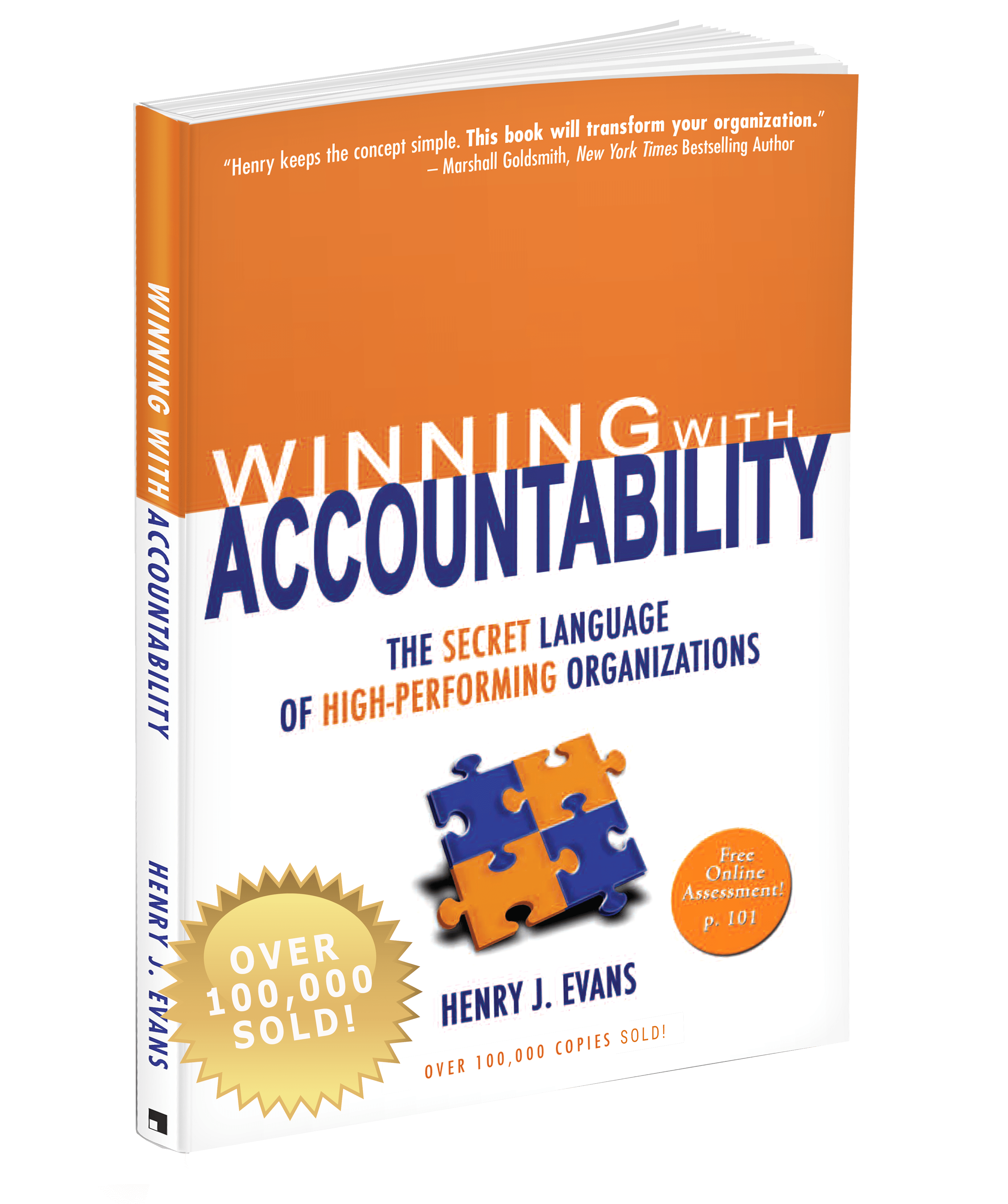Leadership Excellence: Crafting Your Communication Plan
Learn how to masterfully address issues within your team or organization with advice from the best-selling book, “Winning with Accountability, the Secret Language of High Performing Organizations”. Understand the concept of “State It Once,” which emphasizes the importance of bringing up problems in a productive manner—once, and then pivoting to solutions.
Building a Robust Communication Strategy for Leaders
Effective leaders know that communication is not just about addressing problems but also about fostering an environment where solutions are actively sought. This section of your plan should focus on strategies for maintaining a constructive dialogue, ensuring that once an issue is raised, the conversation quickly moves towards resolution.
Planning for Impact: Communication Tactics That Work
Adopt communication tactics that not only acknowledge problems but also transform the discussion towards positive outcomes. Leaders can change the momentum of a conversation by asking insightful questions that lead to understanding and action.
Essentials of a Leader’s Communication Plan
A leader’s communication plan should be built on the principles of accountability and solution-oriented dialogue. Learn to articulate issues clearly and concisely, then guide the conversation towards collaborative problem-solving.
From Strategy to Execution: Communicating with Clarity
This part of the plan involves implementing the “State It Once” strategy in daily interactions, ensuring that communication is always clear, direct, and followed by a strategic pivot towards solutions. It’s not just about what is communicated, but how it’s done that defines leadership quality.
Case Studies: Effective Communication Strategies in Leadership
Discover how a $20B retailer transformed through turbulent times with our leadership skills training. This success story showcases strategic execution, overcoming COVID-19 challenges, and achieving significant savings, all driven by enhanced leadership capabilities and a culture of accountability. Learn from real-world applications how to prioritize objectives, define accountability, and foster emotional safety within your organization.
—
Enhance Your Leadership Communication: Master the art of impactful communication with our leadership programs. Discover strategies for effective interaction in any situation. Explore our leadership development resources.

Want to know more about creating accountable cultures? Take our free assessment and buy the book here.
As always, we welcome your comments. Join us on Facebook to share your experiences or email us at [email protected].



